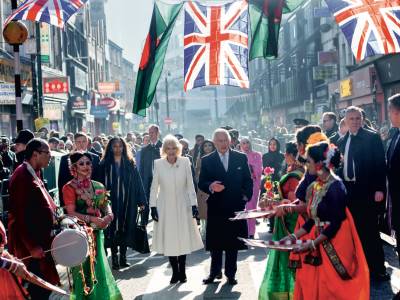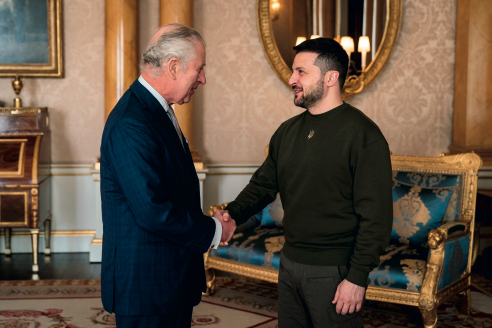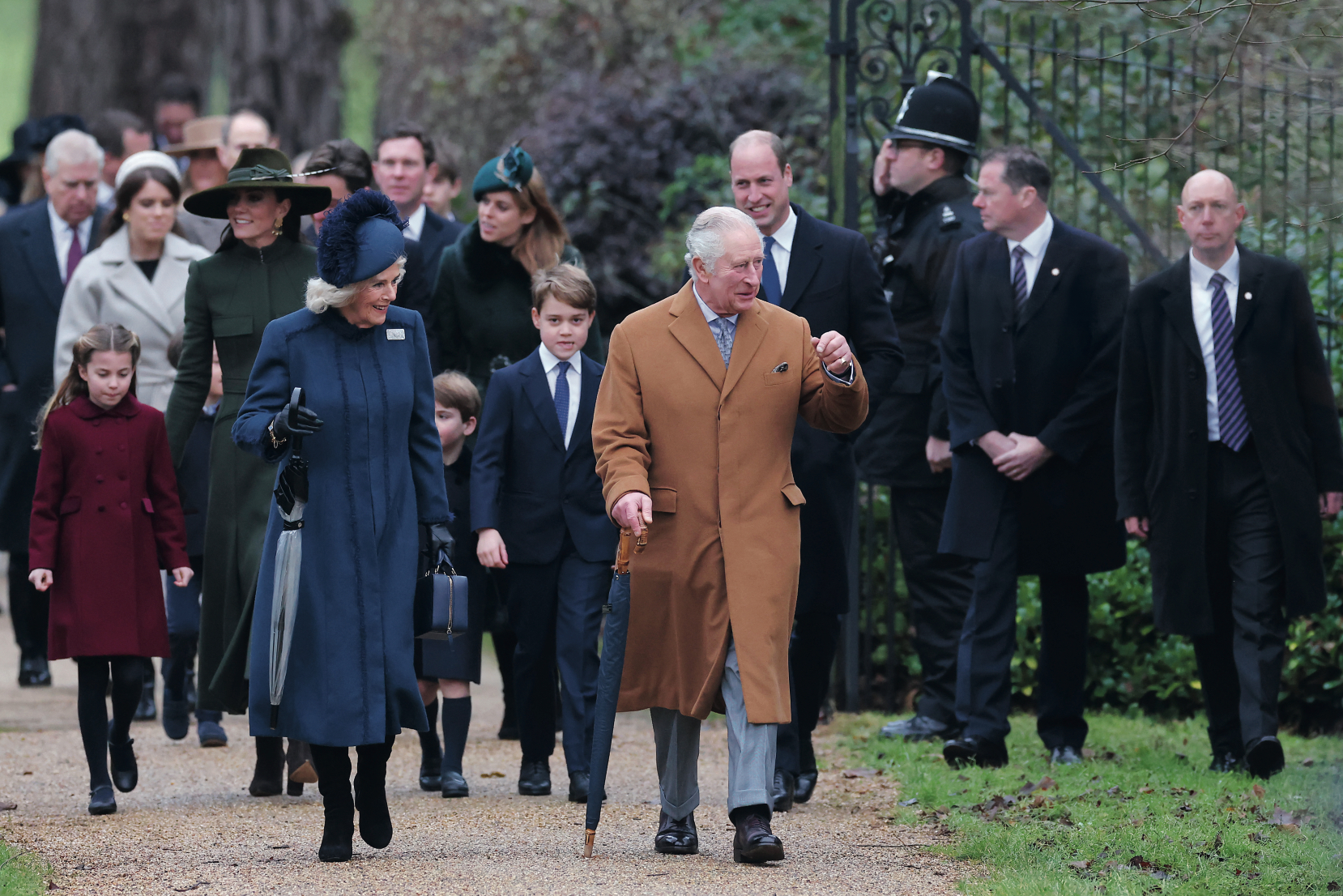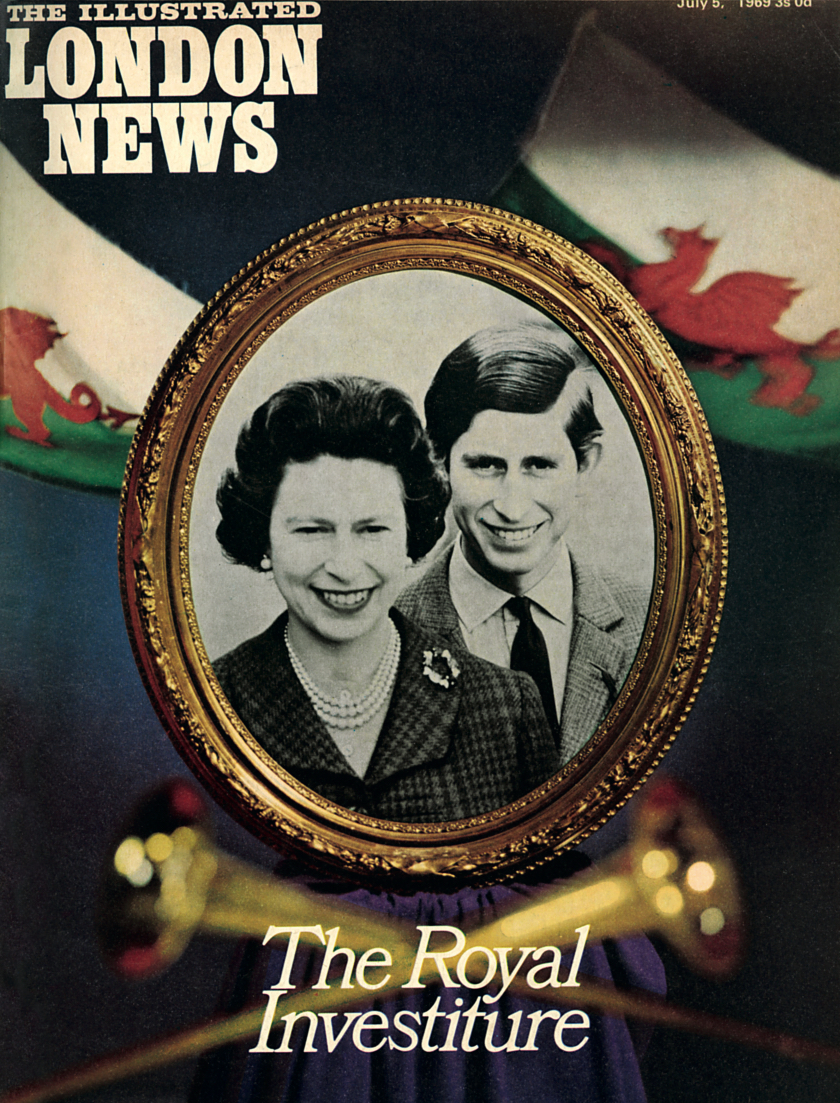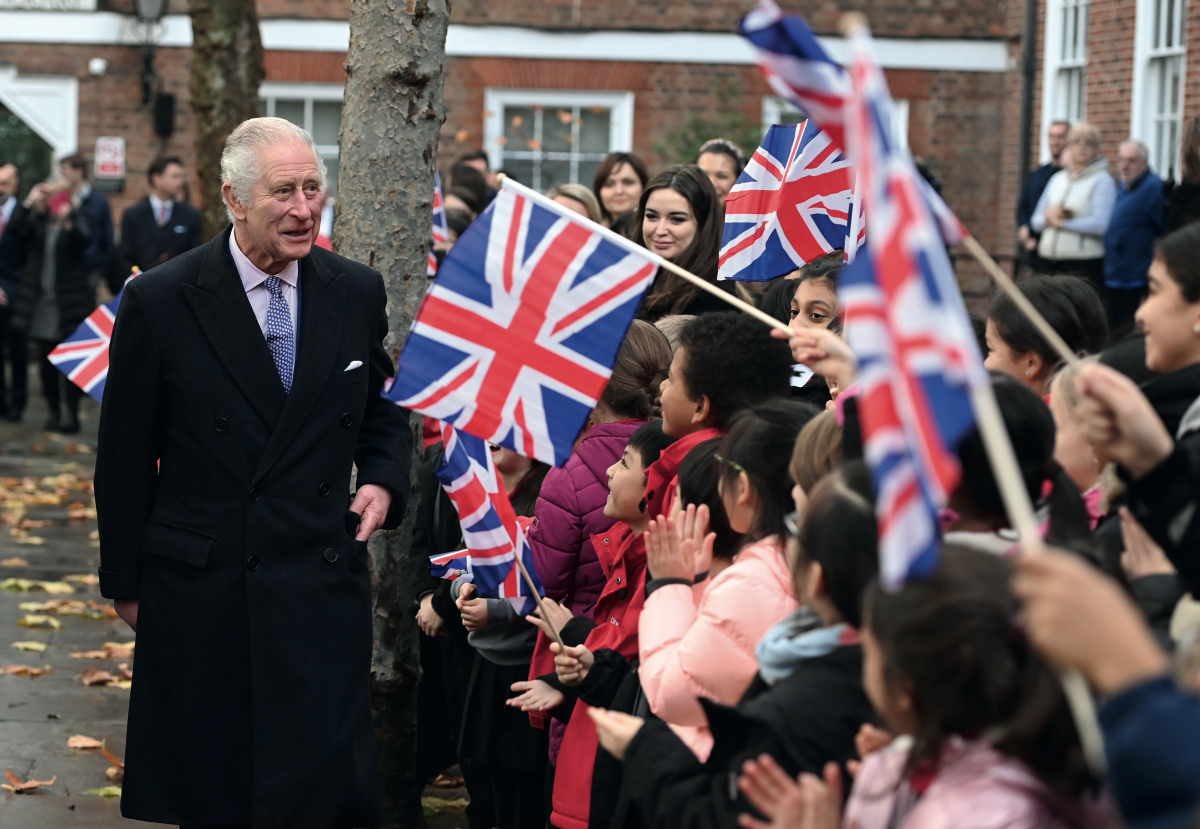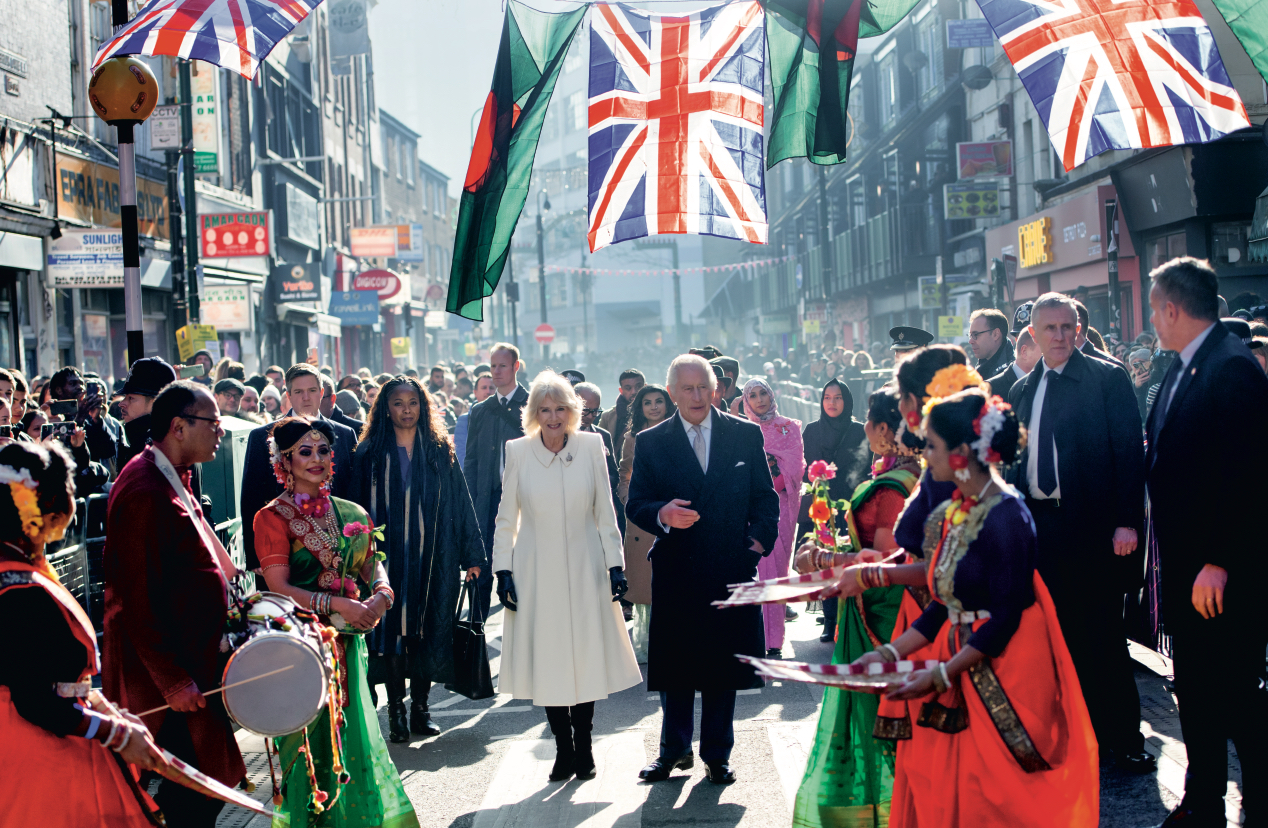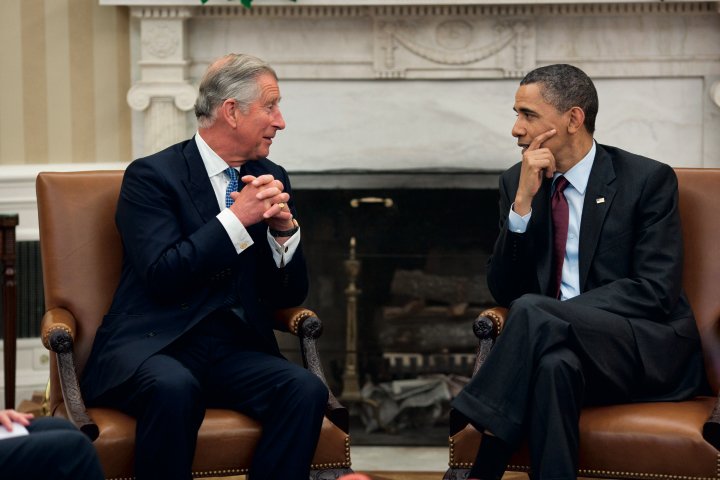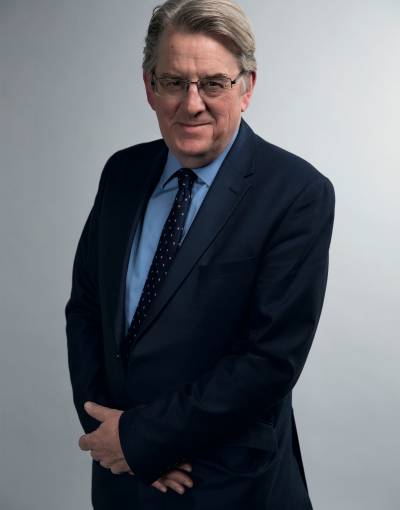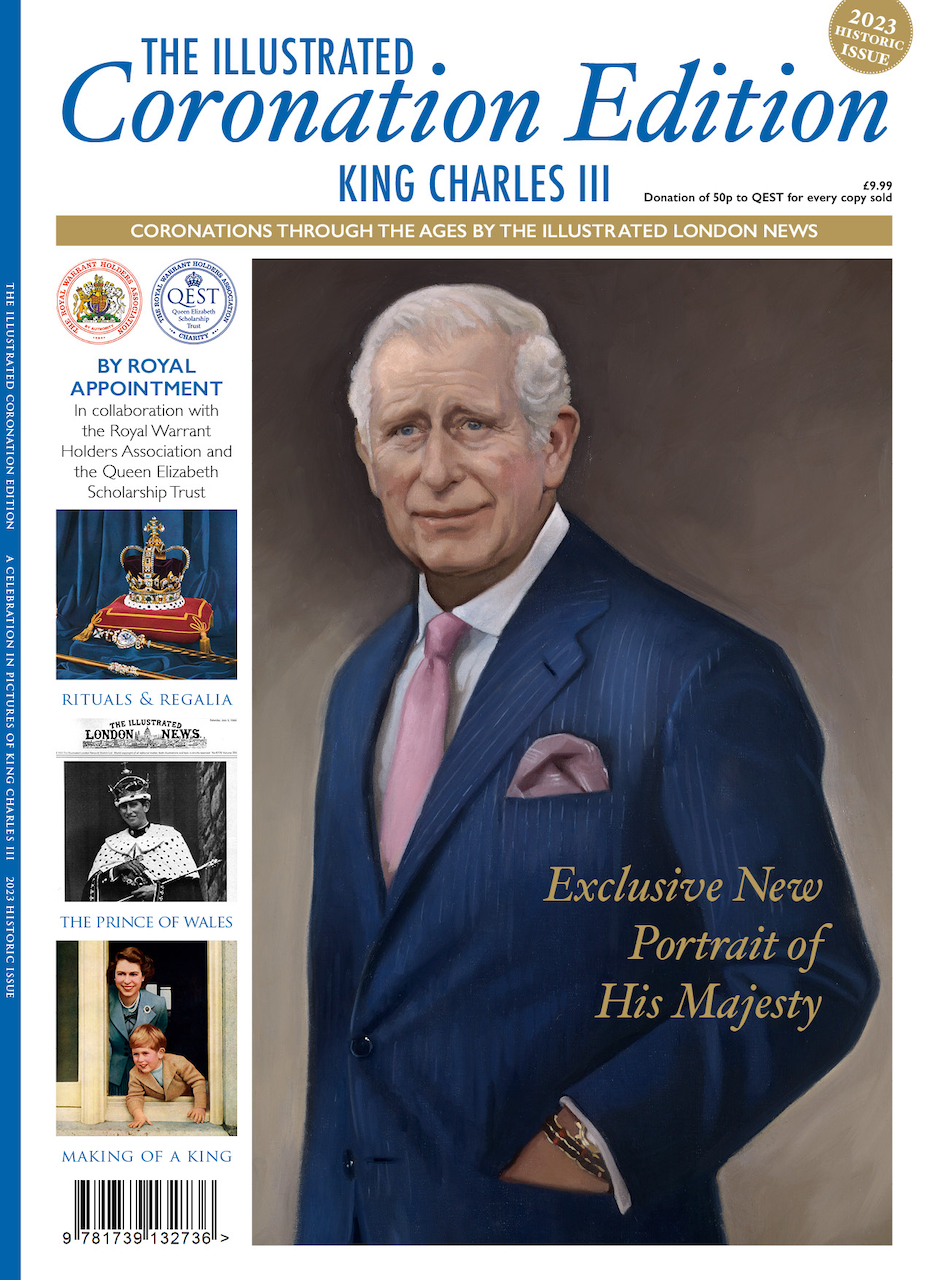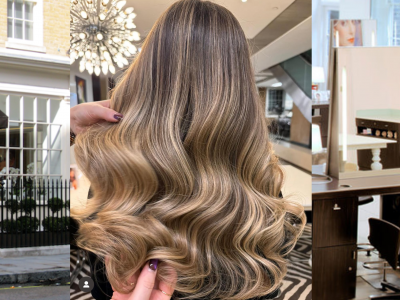However, he has quickly made it clear that, while these residences may operate a little differently, he is very much wedded to a core principle: the Palace and Windsor are where monarchs belong. His self-appointment as Ranger of Windsor Great Park is testimony to that. It is at the private royal residences where things are more likely to change, notably at Balmoral.
The King has a visceral love of Scotland (due to the lineage of the late Queen Mother, he is twice descended from Robert the Bruce). He has a steely determination to maintain royal bonds across the border, regardless of the state of Unionist or separatist politics.
As Prince of Wales, he personally took out one of Britain’s biggest mortgages to acquire Dumfries House in Ayrshire on behalf of the nation, with the full support of the Scottish Nationalist administration of the day. As a result, an important stately home that had sat behind locked gates under the previous owners is now a local community asset.
He has also breathed new life into The Queen Mother’s former summer residence, the Castle of Mey. The King, I am told, is pondering a variety of similar options for Balmoral. He loves the glens, lochs and streams of Deeside as much as anywhere on earth, but he is much fonder of Birkhall, the secondary estate residence, than the main castle. That could lend itself to a range of public uses. “Birkhall is now the marital home in a way in which Highgrove has never been to Queen Camilla,” says one Scottish friend. “And The King simply doesn’t have the same attachment to Balmoral Castle.”
